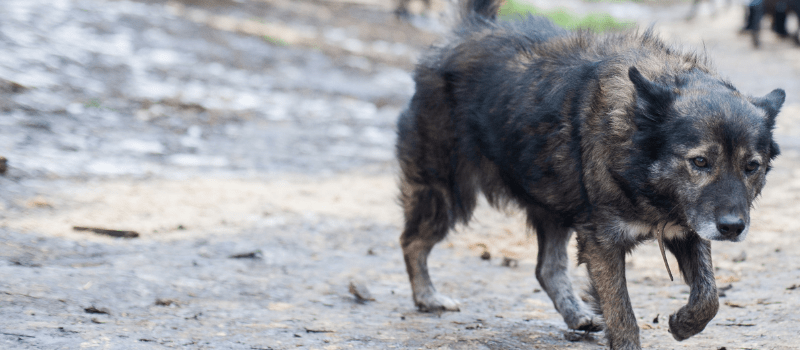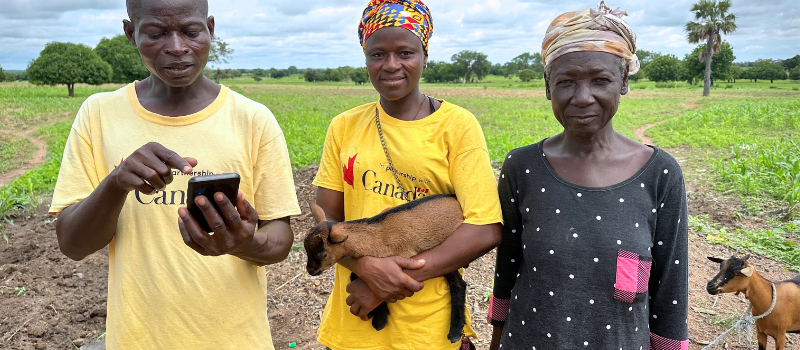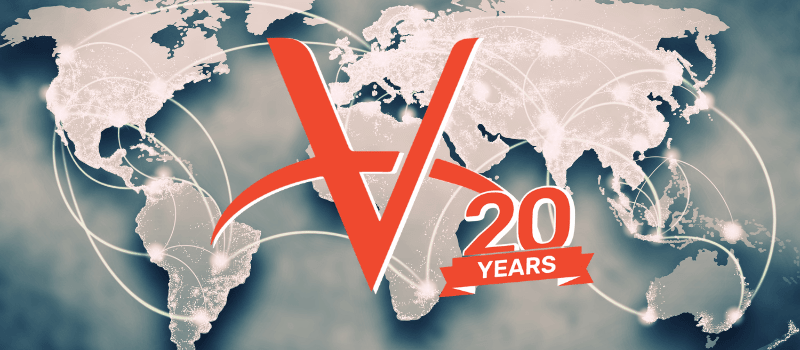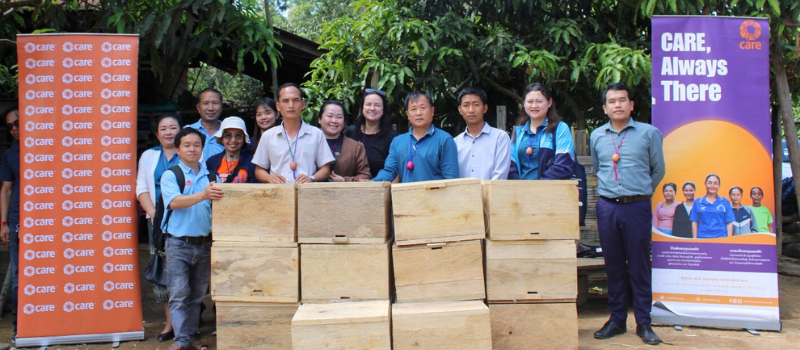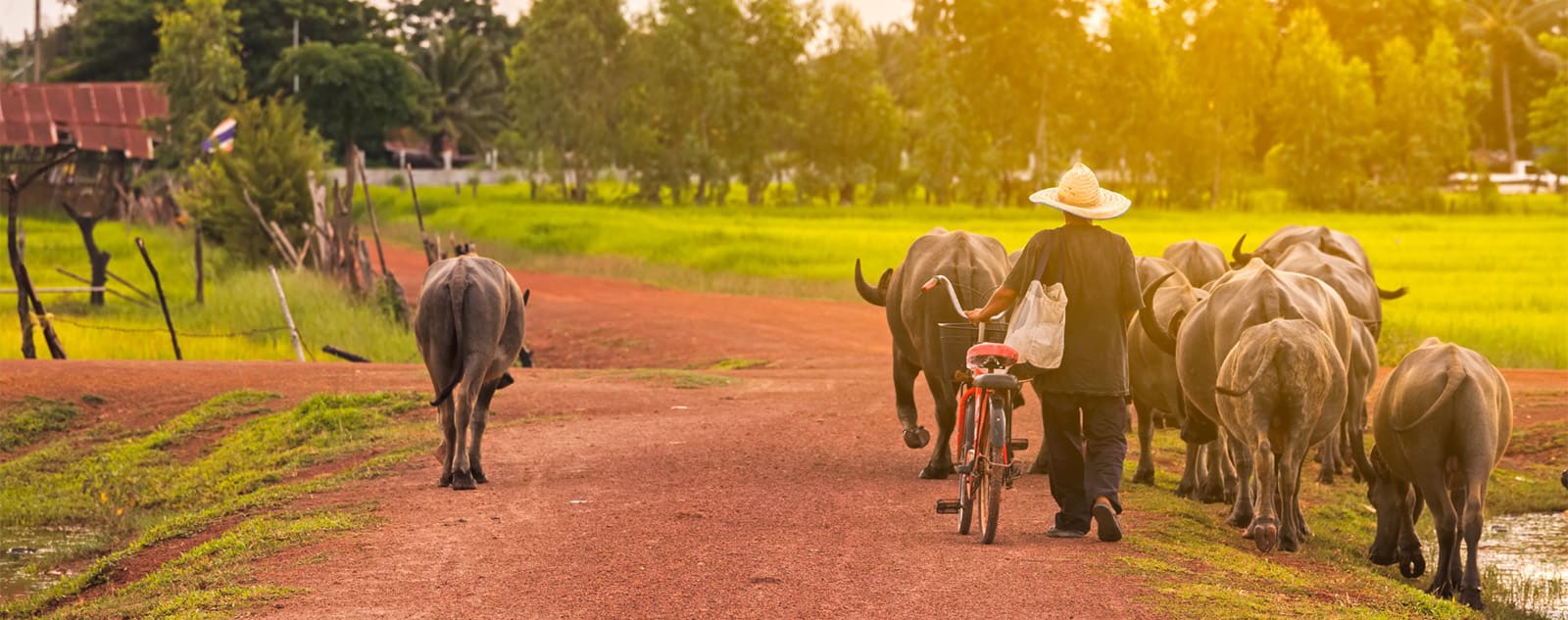In recognition of Animal Disaster Preparedness Day 2025, this blog explores why including pets and livestock in disaster planning is essential for protecting human health, livelihoods, and food security. It offers practical steps for individuals and communities to better prepare for emergencies—while highlighting how VWB’s One Health initiatives are building resilience before and after disasters strike. Written by Tanja Kisslinger, Director of Communications, VWB.
Disasters, both natural and human-made, leave a trail of devastation in their wake. While the primary focus is often on human safety and well-being, a critical component is often overlooked: the welfare of animals. Whether they are beloved pets, essential livestock, or vital working animals, their lives are inextricably linked to our own. Neglecting their needs in disaster preparedness is not only ethically questionable, but also undermines the overall resilience, recovery, and health of communities.
Recognizing this gap, Animal Disaster Preparedness Day was established on May 8, 2010 to raise awareness of the importance of including animals in disaster planning. Since then, the day has served as a catalyst for efforts to integrate animal welfare into broader disaster management strategies.
This blog explores why integrating animal welfare into disaster preparedness is essential—not just as an act of compassion, but as a strategic investment in stronger, healthier, and more resilient societies. Drawing on current research, practical guidance, and global examples, it highlights how organizations like Veterinarians Without Borders (VWB) are helping communities build the capacity to protect both animals and people when disaster strikes.
The Overlooked Victims: Animals in Disaster Zones
When disaster strikes, animals face a myriad of threats: injury, starvation, dehydration, displacement, disease, and even death. Many disaster response efforts prioritize human needs (understandably so), but this often leaves animals vulnerable and forgotten. This oversight has profound consequences:
- Emotional Impact on Humans: The bond between people and animals is powerful. For many, pets are family. Losing a pet during a disaster can inflict deep emotional trauma, hindering recovery and exacerbating mental health issues. Similarly, witnessing the suffering of livestock can be deeply distressing for farmers and agricultural communities.
- Economic Consequences: In many parts of the world, particularly rural and agricultural areas, livestock represents a primary source of food, income, and cultural identity. The loss of livestock due to disaster can devastate household economies, leading to poverty, food insecurity, and long-term hardship.
- Public Health Risks: Unattended or displaced animals can pose significant public health risks. Uncontrolled stray populations can spread diseases, while carcasses left unburied can contaminate water sources and create sanitation problems.
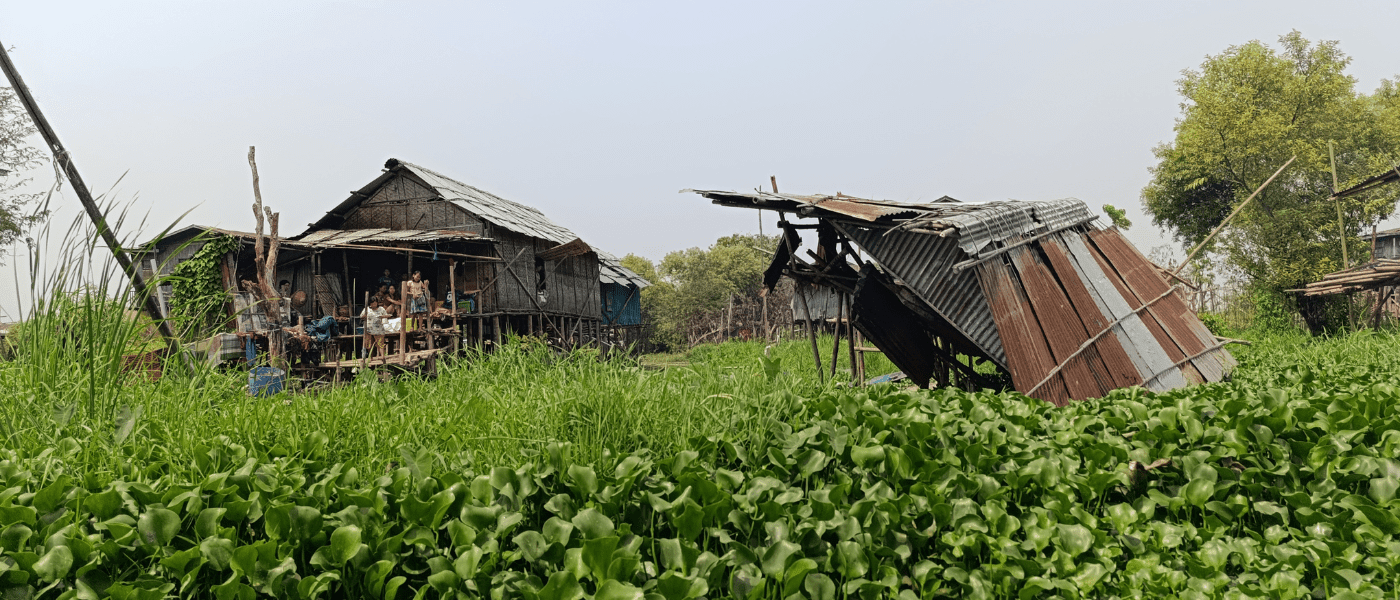 PHOTO: One day after the Myanmar earthquake on March 28, 2025, a family surveys the damage to their home, overlooking a collapsed animal shelter just meters away.
PHOTO: One day after the Myanmar earthquake on March 28, 2025, a family surveys the damage to their home, overlooking a collapsed animal shelter just meters away.
The Research is Clear: Animals Matter in Disaster Planning
The academic literature increasingly emphasizes the importance of including animal welfare in disaster preparedness. Studies have shown a direct correlation between pet ownership and human resilience during and after disasters. For example, a study published in the journal Disasters found that pet owners who evacuate with their animals experience lower stress levels and are better able to cope with trauma following a disaster (Thompson et al., 2017). This highlights the importance of allowing pets in evacuation shelters and providing adequate resources for their care.
Research by Heath, Kass, Beck, and Glickman (2001) further found that people are significantly more likely to evacuate when they can bring their pets with them—and conversely, many individuals refuse to evacuate if they must leave animals behind. This not only endangers the owners but also increases risks for first responders.
Regarding livestock, a report by the Food and Agriculture Organization (FAO, 2015) underscores the need for proactive disaster risk reduction measures, such as early warning systems, evacuation strategies, and emergency feed and water access. The FAO also highlights the substantial economic benefits of investing in livestock disaster preparedness—mitigating losses and enhancing community resilience.
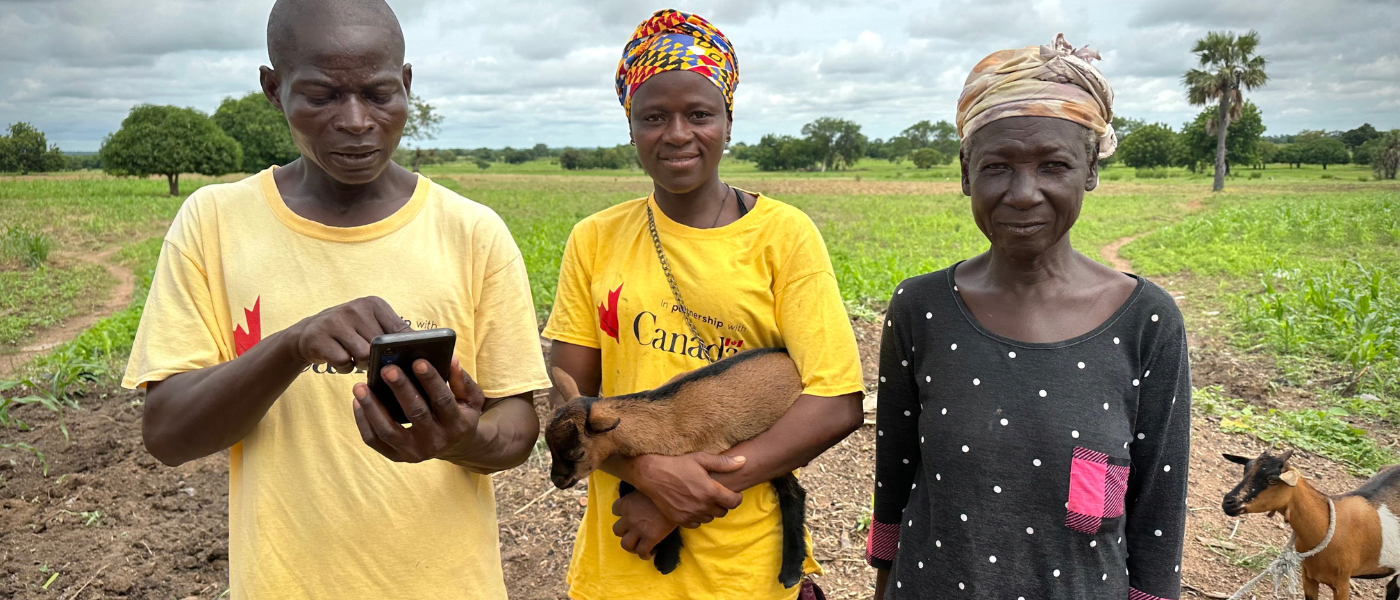 PHOTO: In Ghana, VWB trains Community Animal Health Workers (CAHWs) to use FAO’s EMA-i+ app for real-time disease surveillance through the VETS program.
PHOTO: In Ghana, VWB trains Community Animal Health Workers (CAHWs) to use FAO’s EMA-i+ app for real-time disease surveillance through the VETS program.
Practical Steps for Including Animals in Disaster Preparedness
Moving beyond theory, concrete steps can be taken at individual, community, and policy levels to ensure animals are integrated into disaster planning.
Individual Preparedness:
- Create an animal emergency kit that includes food, water, medications, leashes, carriers, and identification tags.
- Microchip and register your pets to ensure contact information is up-to-date and facilitate reunification after a disaster.
- Identify pet-friendly shelters and hotels in advance to plan evacuation routes with safe options for animals.
- Develop a pet evacuation plan and practice evacuating with your animals to reduce stress during an actual emergency.
- Plan for livestock by arranging evacuation sites, securing emergency feed and water supplies, and establishing shelter-in-place strategies.
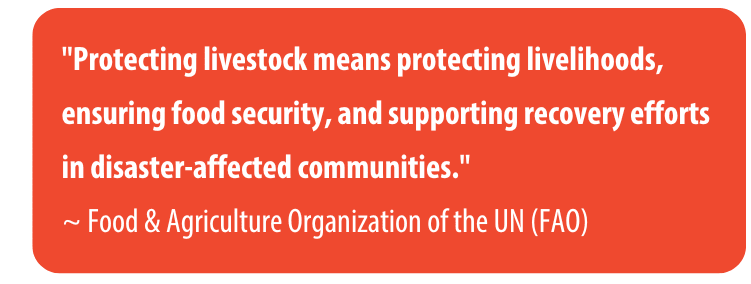 Community and Organizational Preparedness:
Community and Organizational Preparedness:
- Include animals in emergency management plans by integrating animal welfare considerations into evacuation procedures and sheltering protocols.
- Establish animal disaster response teams trained to provide specialized rescue, veterinary care, and sheltering for animals during crises.
- Offer training and education programs to equip first responders and community members with the skills needed to safely handle and care for animals in emergencies.
- Develop public awareness campaigns to promote the importance of animal disaster preparedness and encourage proactive planning.
- Collaborate with animal welfare organizations such as VWB, the ASPCA, and local shelters to leverage their expertise and resources.
- Stockpile emergency supplies, including veterinary equipment, pet food, and temporary kennels, to ensure readiness for animal care needs during disasters.
Government and Policy-Level Preparedness:
- Enact legislation that mandates the inclusion of animals in disaster preparedness plans, following successful models such as the U.S. PETS Act.
- Allocate funding to support training, equipment, emergency veterinary services, and dedicated personnel for animal disaster response.
- Promote international cooperation by fostering knowledge-sharing and collaborative initiatives to strengthen global disaster preparedness for animals.
How VWB Strengthens Disaster Resilience Globally
While emergency response is critical, building true resilience requires investing in systems that protect animal and human health before disaster strikes. VWB takes a proactive approach, embedding disaster preparedness across its programs using a One Health framework.
VWB’s model focuses on three pillars:
1. Building Local Veterinary Capacity through CAHWs
In rural and disaster-prone areas, veterinary services are often scarce. VWB trains Community Animal Health Workers (CAHWs)—local individuals equipped to provide animal care, disease surveillance, and emergency response at the grassroots level.
By empowering CAHWs with veterinary knowledge and preparedness skills, VWB ensures communities have critical first-line defenses against disaster impacts, reducing dependence on outside aid.
2. Securing Livestock Health and Food Systems
Protecting livestock is essential for economic resilience and food security. VWB strengthens livestock health through disease prevention, sustainable management practices, and emergency preparedness.
In Ukraine, VWB has supported farming families displaced by conflict by distributing poultry kits, providing veterinary outreach, and delivering agricultural training to restore livelihoods. Similarly, in South Sudan, VWB has enhanced livestock vaccination programs and strengthened local animal health systems to mitigate the impacts of conflict and climate-induced disasters.
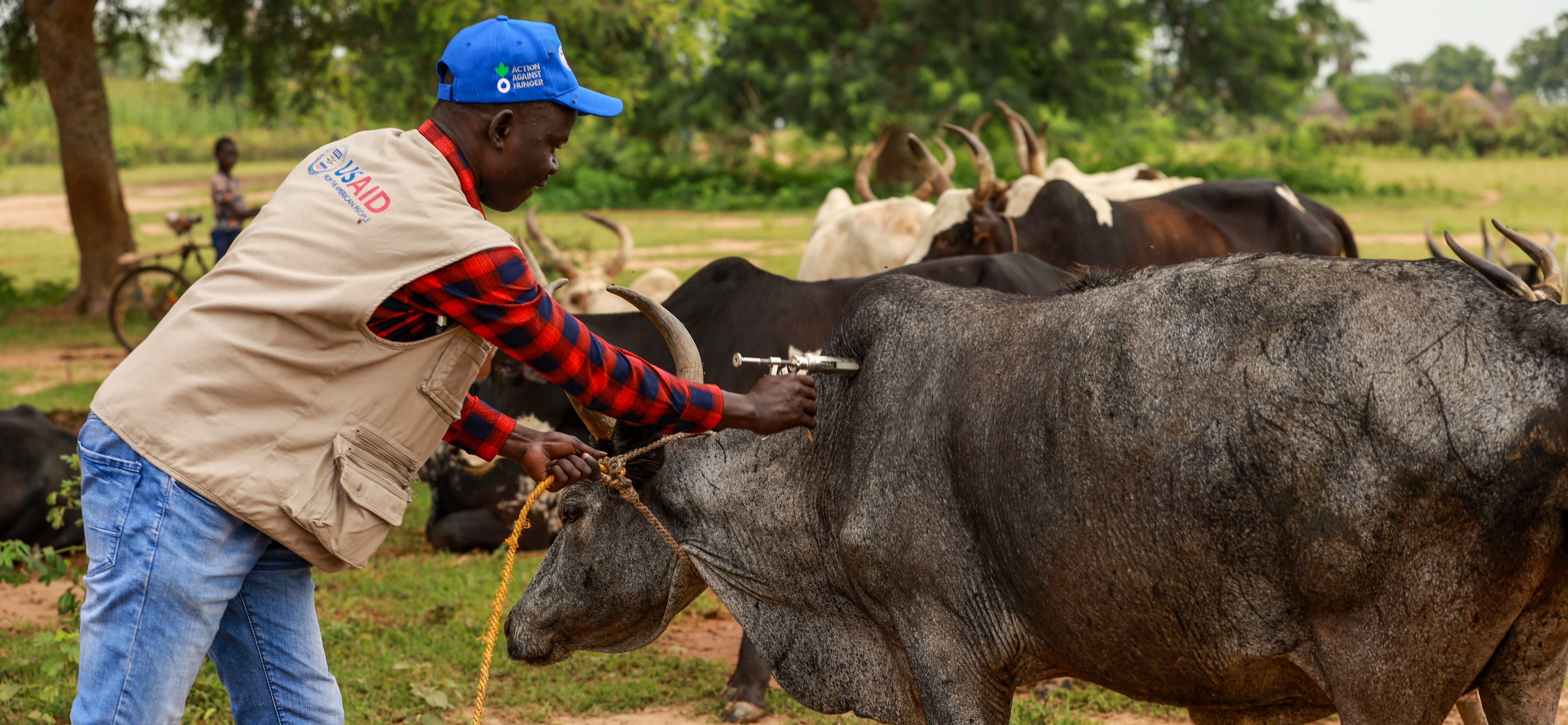 PHOTO: In December 2024, VWB, in collaboration with Action Contre la Faim and the FAO, conducted a mass vaccination campaign, protecting over 59,000 livestock in South Sudan.
PHOTO: In December 2024, VWB, in collaboration with Action Contre la Faim and the FAO, conducted a mass vaccination campaign, protecting over 59,000 livestock in South Sudan.
3. Integrating One Health into Disaster Preparedness
Recognizing that the health of animals, people, and the environment are interconnected, VWB applies a One Health approach across its programs. This is particularly vital during disasters, when the breakdown of these systems can fuel outbreaks of zoonotic diseases, foodborne illnesses, and environmental degradation.
By promoting integrated solutions, VWB helps communities build resilience across all sectors, reducing the cascading risks that disasters often create.
Case Study: Building Livelihood Resilience in Ukraine
When conflict erupted in Ukraine, farmers, livestock, and pets were among the hardest hit. VWB responded by providing veterinary care, emergency food supplies, and support for farming families displaced by the war. Through poultry kit distributions, veterinary outreach, and farmer training programs, VWB helped restore food security, protect animal health, and strengthen the livelihoods of vulnerable households.
By focusing on both immediate relief and long-term resilience, VWB’s approach ensured that communities could recover faster—and be better prepared for future crises.
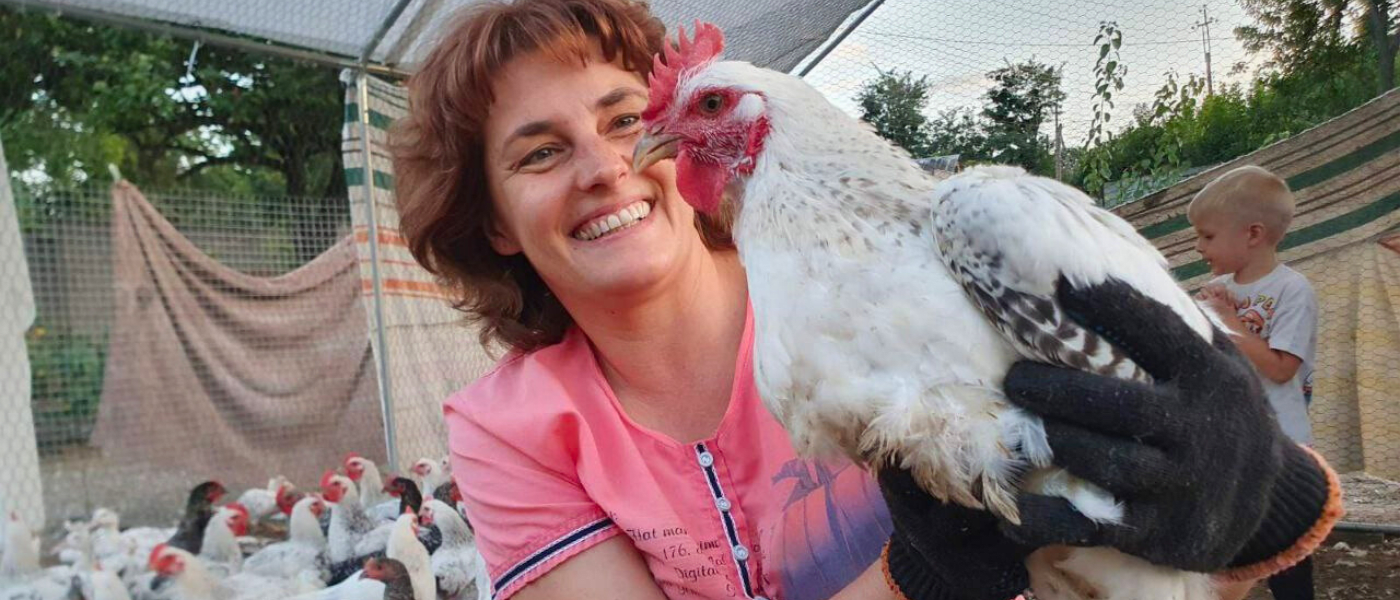 PHOTO: Through VWB’s poultry initiative in Ukraine, Karina Volkova has made poultry farming a lifeline for her family during the ongoing crisis.
PHOTO: Through VWB’s poultry initiative in Ukraine, Karina Volkova has made poultry farming a lifeline for her family during the ongoing crisis.
Conclusion: A More Resilient Future for All
Including animals in disaster preparedness is not just a matter of compassion; it’s a strategic imperative for building stronger, healthier communities. Protecting animals protects human lives, livelihoods, and emotional well-being—and strengthens public health and food security systems.
As we mark Animal Disaster Preparedness Day, we are reminded that real resilience means protecting all members of our communities—human and animal alike. Let’s champion a more inclusive and compassionate approach to disaster management. When the next crisis comes, we will face it together, leaving no one behind.
References:
- Food and Agriculture Organization of the United Nations (FAO). (2015). Disaster Risk Reduction for Agriculture. FAO.
- Heath, S. E., Kass, P. H., Beck, A. M., & Glickman, L. T. (2001). Human-animal bonds and disaster preparedness: An investigation of pet ownership and evacuation prior to Hurricane Floyd. American Journal of Preventive Medicine, 20(5), 44-47.
- Thompson, K., Rohlf, V. J., & Bennett, P. C. (2017). Disaster planning and pets: What should be included? Disasters, 41(1), 163-180.
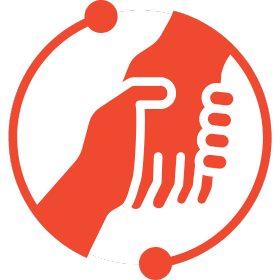 Join us in recognizing that animals are essential to recovery and resilience in every community. Healthy animals strengthen food security, protect livelihoods, and support the health of people and ecosystems. Donate, volunteer, or subscribe to help integrate animals into disaster planning, protect farmers' livelihoods, and build stronger, healthier futures through One Health.
Join us in recognizing that animals are essential to recovery and resilience in every community. Healthy animals strengthen food security, protect livelihoods, and support the health of people and ecosystems. Donate, volunteer, or subscribe to help integrate animals into disaster planning, protect farmers' livelihoods, and build stronger, healthier futures through One Health.

